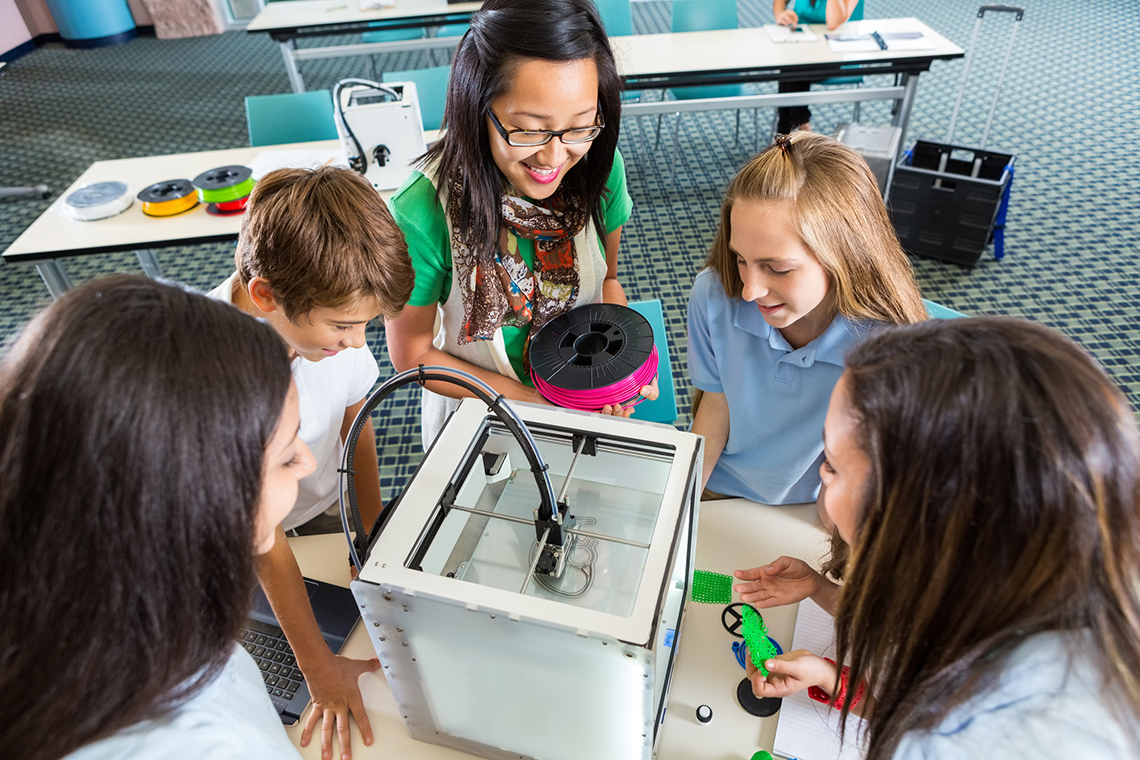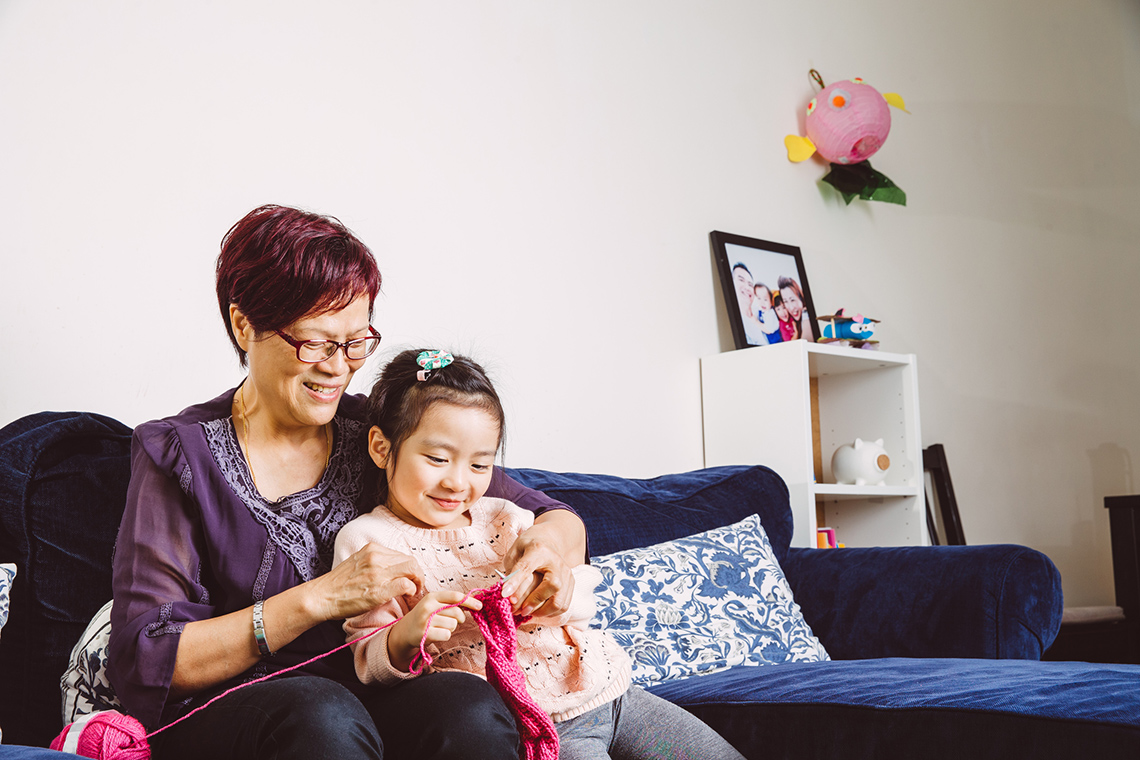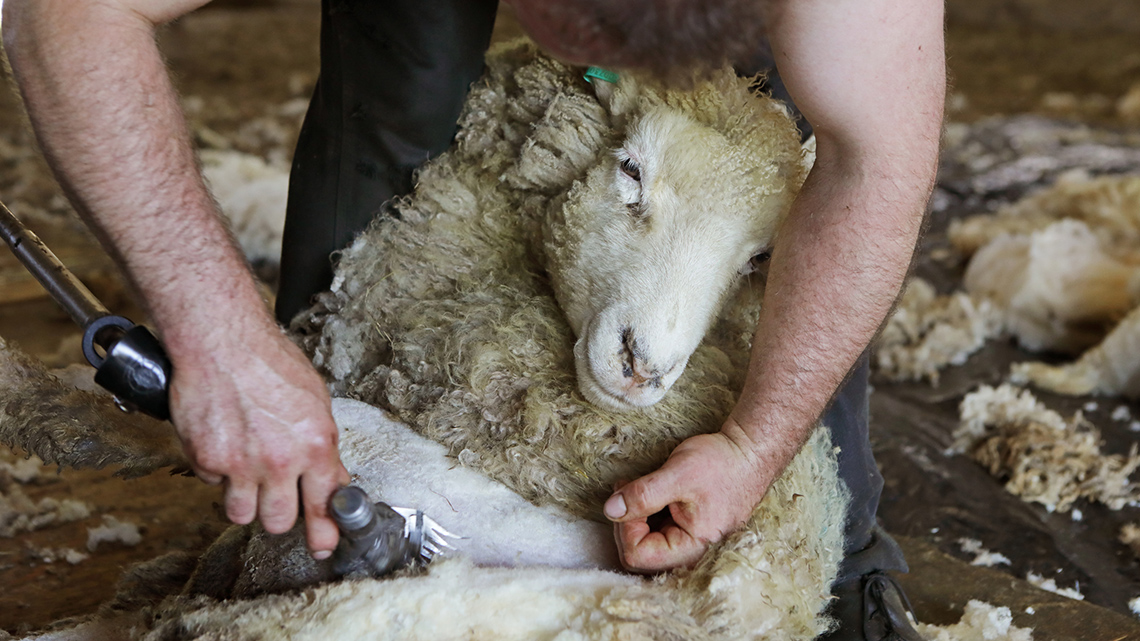Minds On
Order! Order!

Repeating patterns in a sequence helps us to be efficient in steps we do every day. It also helps us create objects from the same materials.
Sequence
Sequence is the order in which we complete the steps that are needed.
Sequence game!
The following cards contain words that help us to put things in sequence. Can you put these words in order? Put the words in each answer box in the correct order.
Brainstorm
Other “sequence” words
Here are other words we use to help explain order:
- second
- and then
Can you think of any others?
Mixed-up morning

A student is having a mixed-up morning and keeps doing things out of order. Can you help them with the proper sequence to get ready for school?
What’s the right order?
Select the correct answer, then press “Check Answer” to see how you did.
Select the correct answer, then press “Check Answer” to see how you did.
The student thanks you for your help!

Action
Innovation in Canada
This learning activity features emerging technologies, STEM contributions, and Canadian innovations that are making a difference.

Coding a sequence
A regular printer can print a picture of an object. A 3D printer creates an actual object that you can hold.
Check out this video of a 3D printer printing out a bird figurine.
A 3D printer follows a program of instructions to create an object.
Before you can create the instructions to make your object, you need to understand the language and what materials you will need.
3D printers use rolled-up long thread made from plastic. This plastic is melted and placed in just the right spot to build the piece using the instructions given to the machine.

Student Success
Think
Can you think of any other objects that…
- are created by following instructions?
- that use rolled-up long threads as a material to create another object?
Share your ideas with a partner if possible!
Textile creations
Around the world, humans have woven threads, natural materials, and wool into fabrics, carpets, baskets, hats, and other items.
These items can be created by hand or using a machine. Either way, this is an older form of planning and programming a sequence of instructions and using one material to create a new object.
Check out this video of traditional weaving with a loom.
A closer look at… knitting!

When planning a pattern, or sequence of stitches for knitting, a person needs to decide on…
- colour of yarn
- types of stitches
These decisions are part of the instructions.
Instructions game
A knitting pattern has instructions about the changes of colour and types of stitches.
Explore the following pieces of knitting. What kind of instructions would the pattern have?
Select the correct answer, then press “Check Answer” to see how you did.
Checklist
If you were going to code a 3D printer, or knit a blanket, you would need to think about…
Did You Know?
Wool: A Canadian contribution!
Sheep in Canada contribute the material needed to make wool. Did you know that sheep can be raised on farms to provide meat and milk, and can also be given a haircut so that their wool can be turned into yarn?

Wool is a sustainable material, and a gift from sheep. It keeps many Canadians warm in the winter.
Consolidation
Warm and cozy
If someone were organizing to make a knitted toque, what sequence would work best?
The following cards contain steps needed to make a toque. Can you put these steps in order? Put the words in each answer box in the correct order.
A recipe is a sequence of steps!
When you make a recipe, you also follow a sequence of steps.
Think of one thing you like to eat (pick something simple like a sandwich!) Explain the steps to make it. You can use a format of your choice (for example, writing down the steps, drawing pictures, or making a video or audio recording.)
Checklist
Have you finished explaining the steps? To check your work, ask yourself these questions:
Student Tips
De-bug your instructions
If possible, ask a friend or family member to make-believe they are making the item using your instructions. Did you include all of the steps in the correct order?
Checking with a friend helps you to fix your instructions. When people are coding, they check their code many times. When they fix mistakes, it is called “de-bugging.”
Consider adding the final version to your portfolio!
Reflection
How do you feel about what you have learned in this activity? Which of the next four sentences best matches how you are feeling about your learning? Press the button that is beside this sentence.
I feel…
Now, record your ideas about your feelings using a voice recorder, speech-to-text, or writing tool.